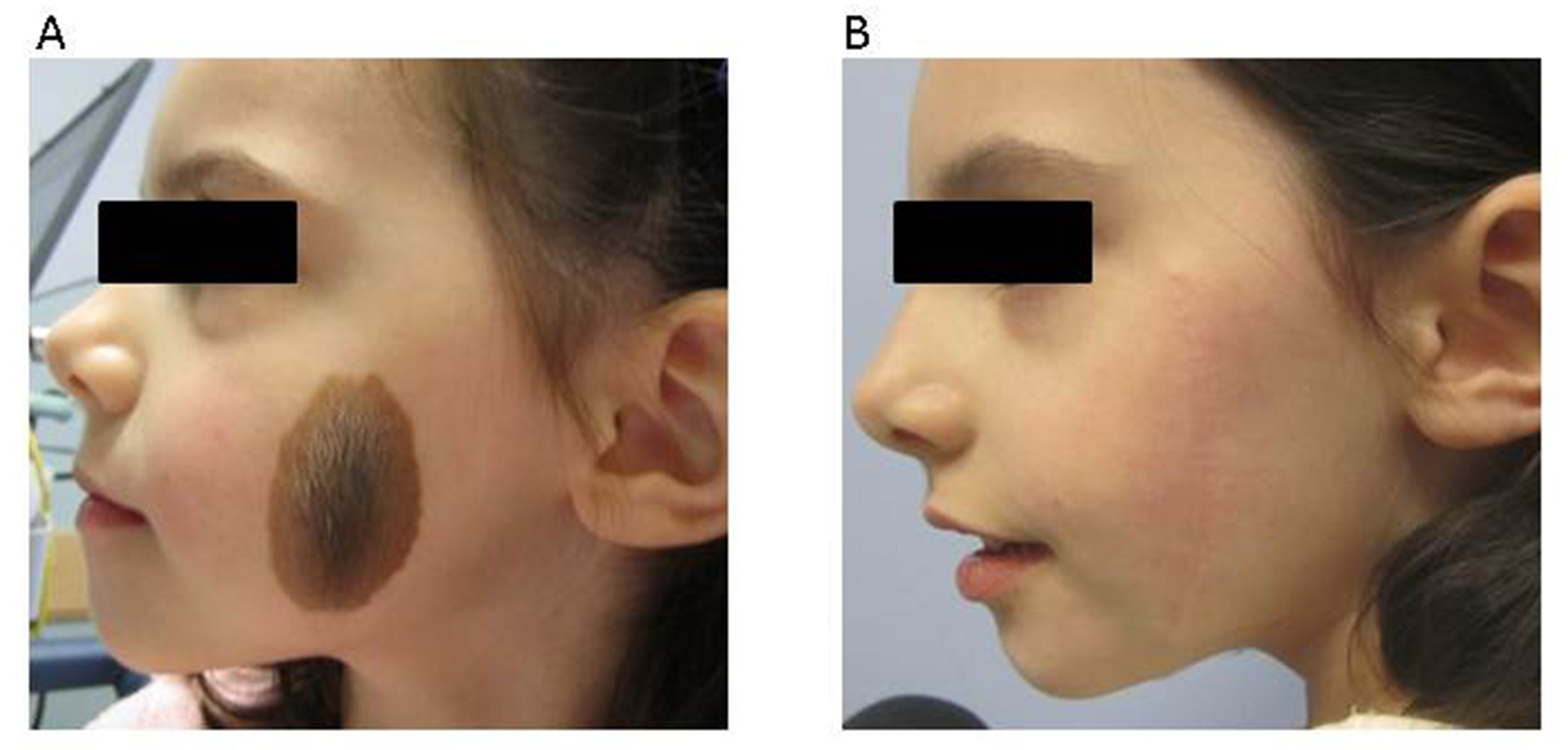Back to 2014 Annual Meeting Abstracts
Facial Wound Closure in 261 Children Using a 7-0 Absorbable Suture Dressing
Javier A. Couto, BS, Jorie E. Sullivan, BA, Arin K. Greene, MD, MMSc.
Boston Children's Hospital, Harvard Medical School, Boston, MA, USA.
BACKGROUND: Management of pediatric facial wounds is more challenging compared to adults. Suture removal is difficult, and children are less likely to protect the suture line postoperatively. The purpose of this study was to determine the efficacy of a facial wound closure regimen designed to ensure the best possible outcome in the pediatric population.
METHODS: Children ≤ 12 years of age who had a skin lesion resected from the face between 2007-2013 were investigated. Patients who had their wound closed using 7-0 absorbable suture, glue, and tape were studied. Predictive variables included patient age, indication for the procedure, size of the excised lesion, and location of the repair. Outcome measures were infection, wound dehiscence, and scar appearance.
RESULTS: Two-hundred sixty one children were included (151 females, 110 males). The mean age was 4.0 years (± 3.3 years). Types of lesions that were excised were: nevus (24.9%), cyst (22.2%), vascular anomaly (19.5%), pilomatrixoma (13.8%), accessory tragus (11.9%), scar (4.6%), or other (3.1%). The average area of the resected specimen was 2.2cm2 (±3.9cm2). The complication rate was 0.8% (infection n=1, dehiscence n=1). Four patients had an unfavorable appearing scar that widened (1.5%).
CONCLUSIONS: A facial wound closure regimen using small absorbable sutures, glue, and tape optimizes outcomes in the pediatric population. Suture removal is not required, complications are rare, and scar appearance is excellent.
FIGURE 1: Closure of a pediatric facial wound using a 7-0 chromic suture dressing. (A) Closure using buried 5-0 vicryl followed by running 7-0 chromic suture on top of the skin. (B) 2-octyl cyanoacrylate glue is placed over the suture line. (C) Steri-Strips® perpendicularly applied to reinforce the wound. (D) Final appearance after application of a second layer of 2-octyl cyanoacrylate over the Steri-Strips®.
FIGURE 2: Example of scar appearance using 7-0 chromic, 2-octyl cyanoacrylate, and Steri-Strips® to close a pediatric facial wound. (A) 5 year-old female with a large cheek nevus. (B) Scar appearance 1 year postoperatively.
 
Back to 2014 Annual Meeting Abstracts
|




